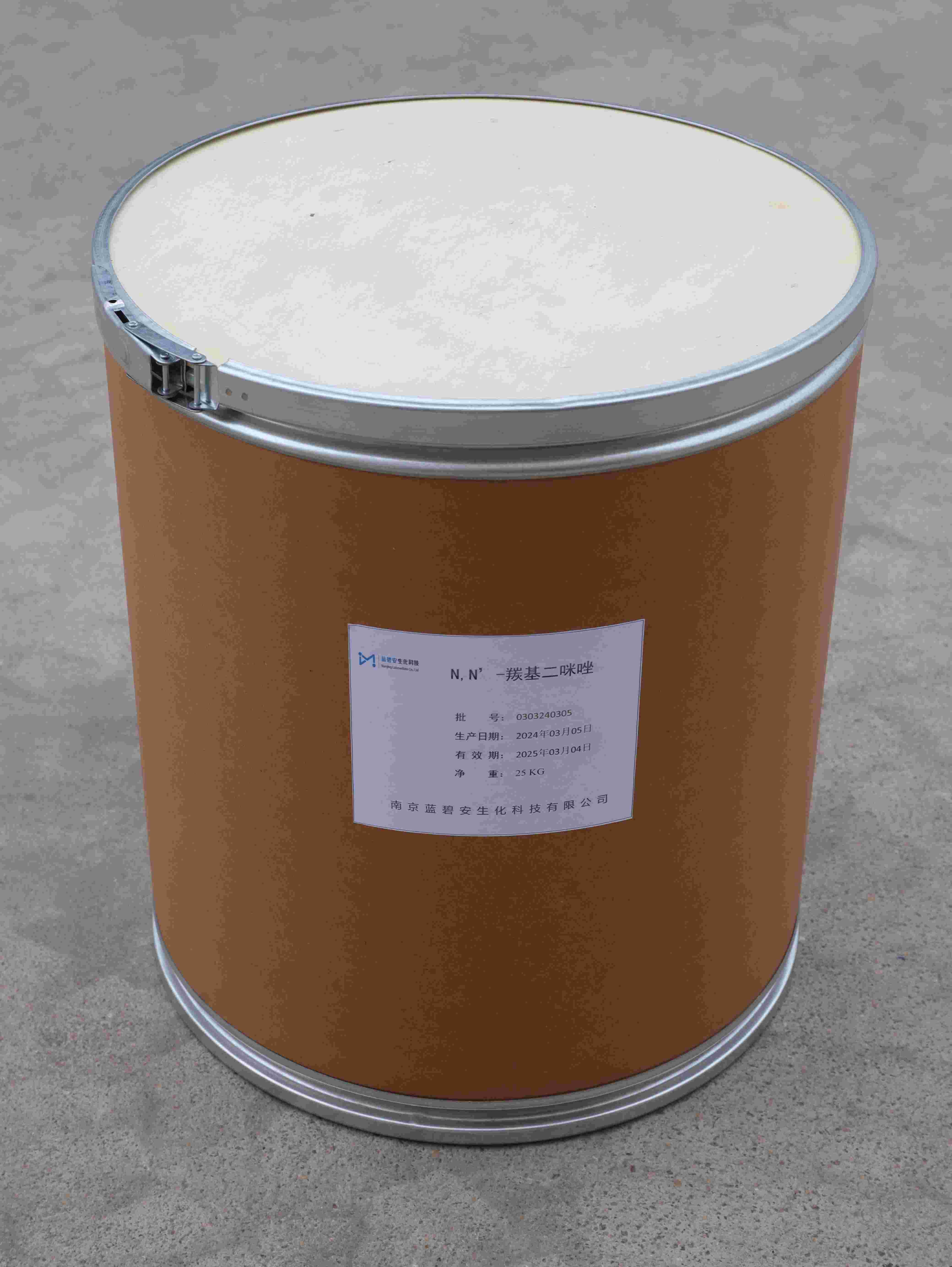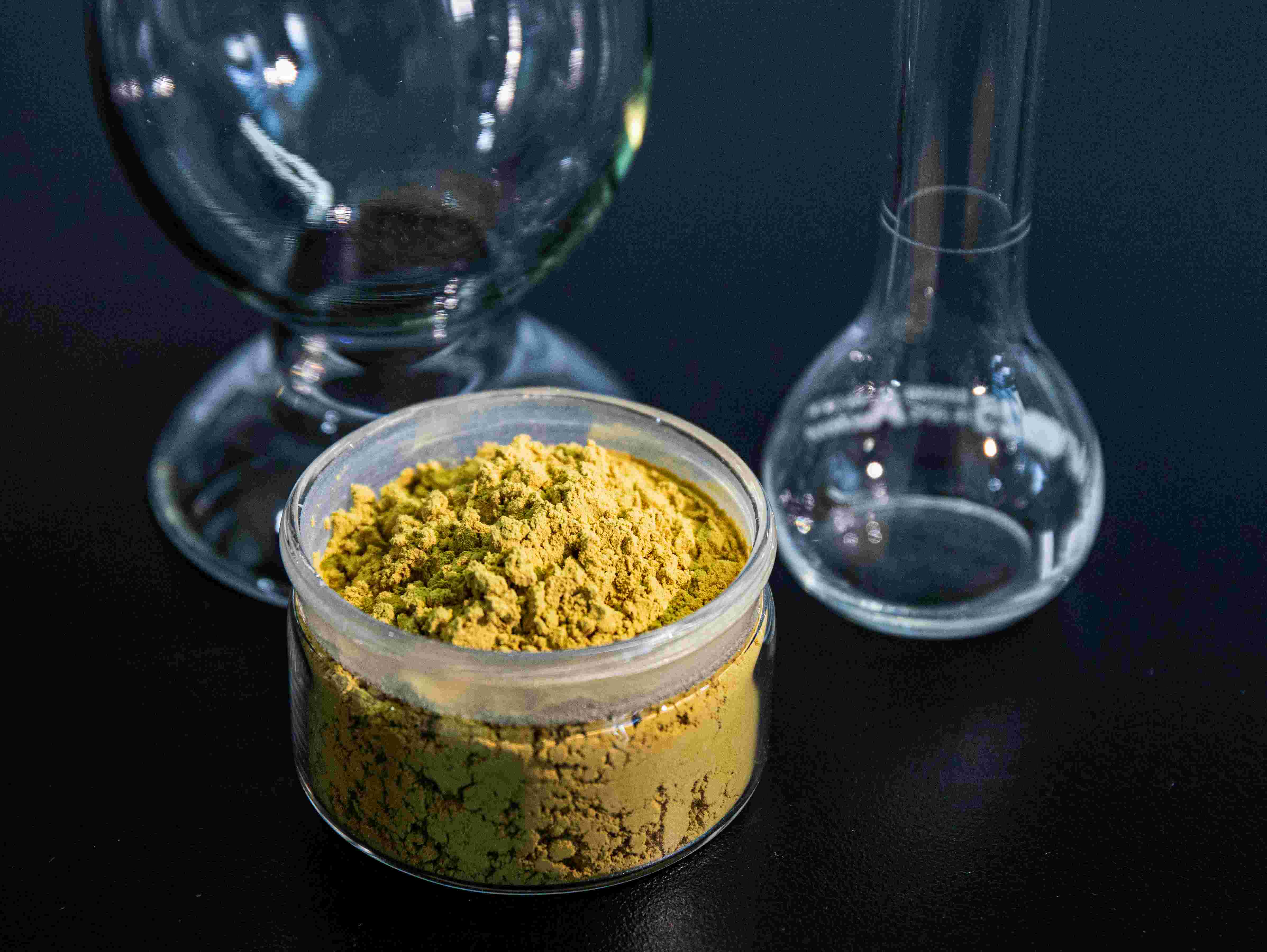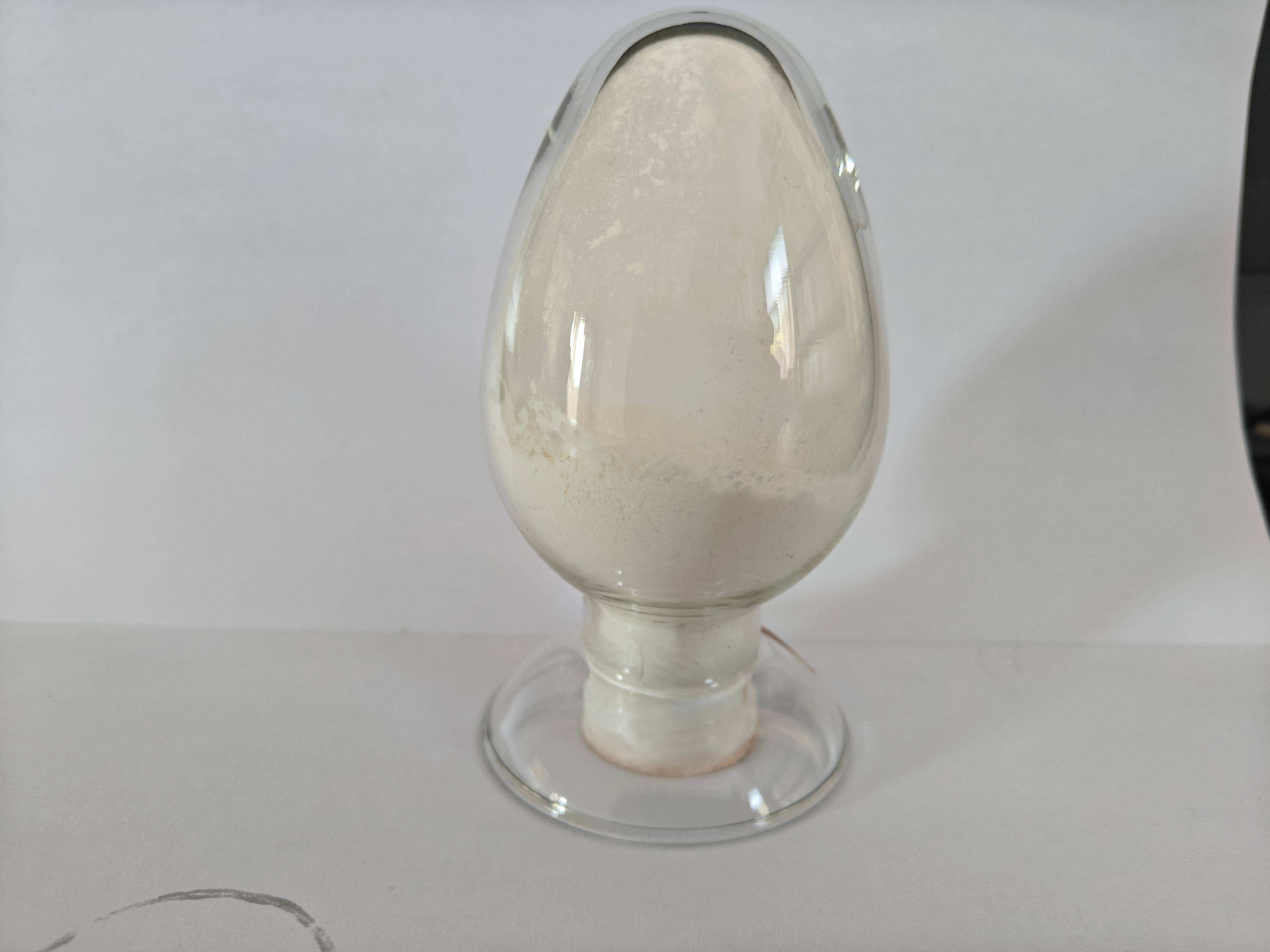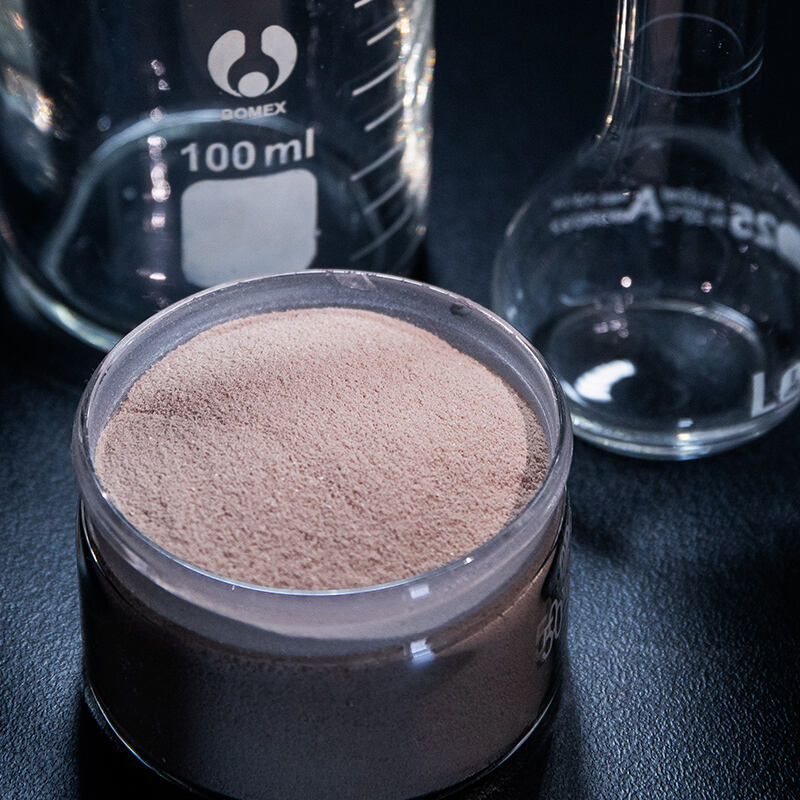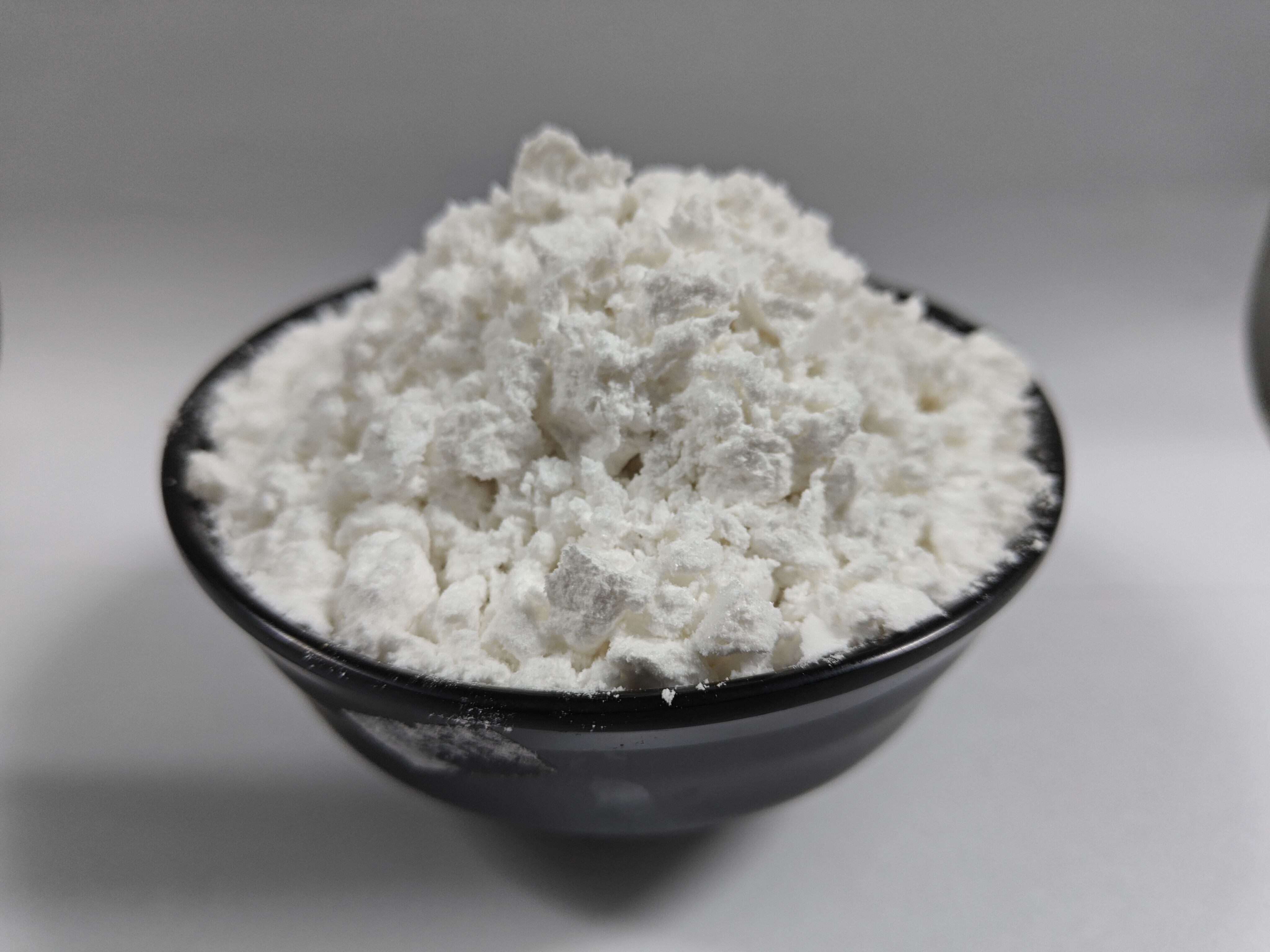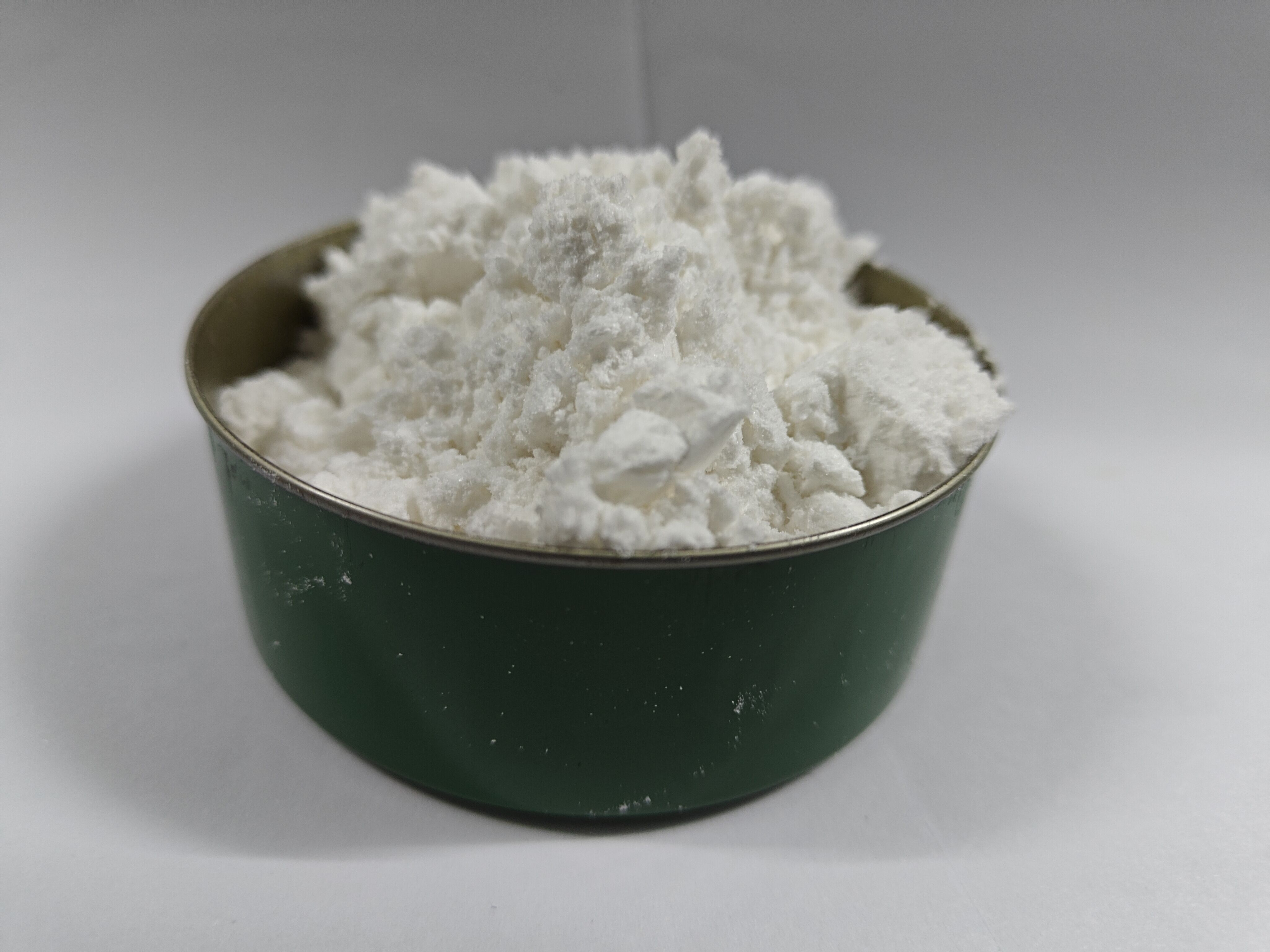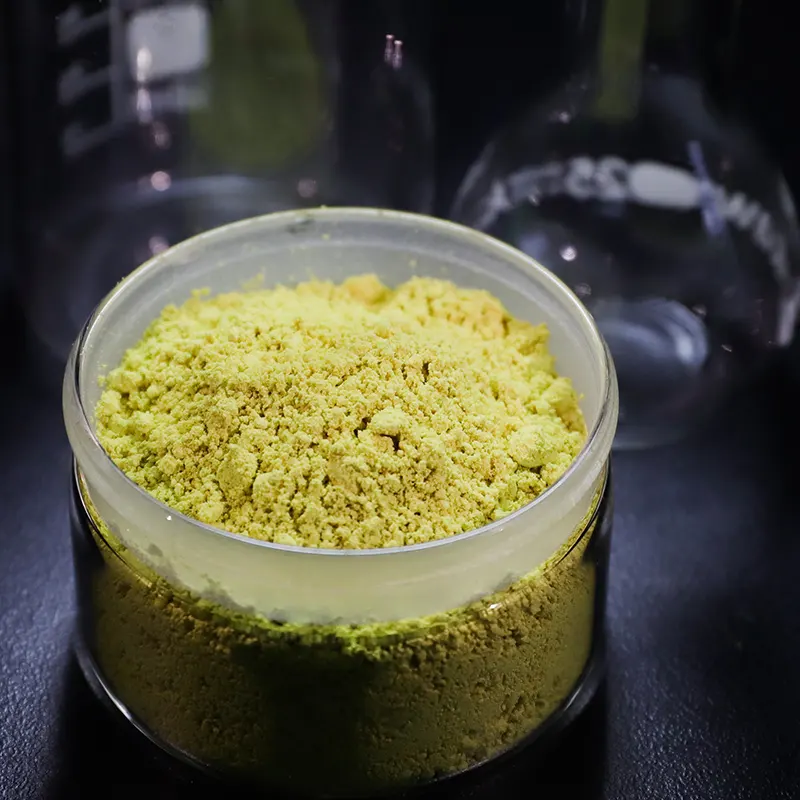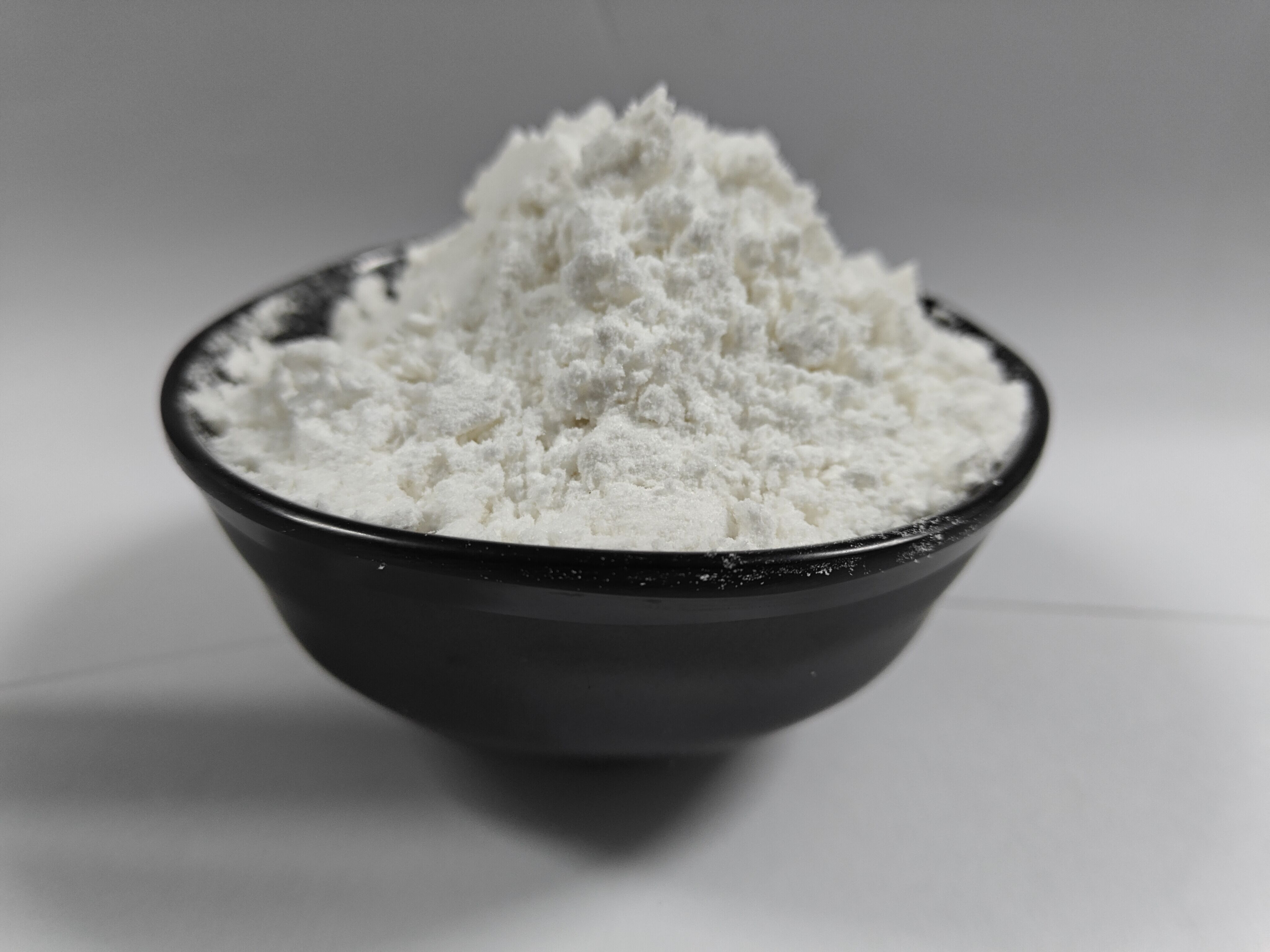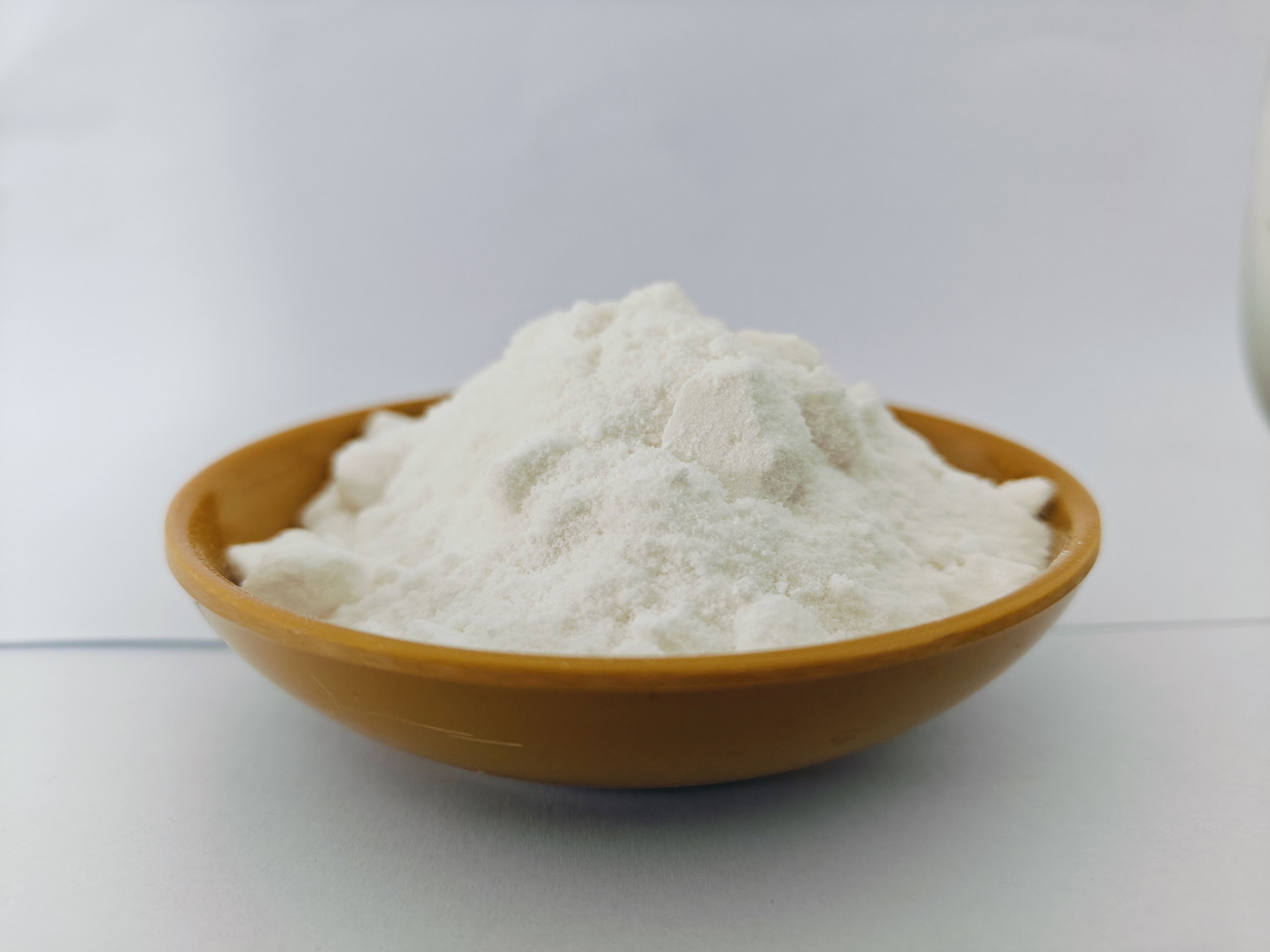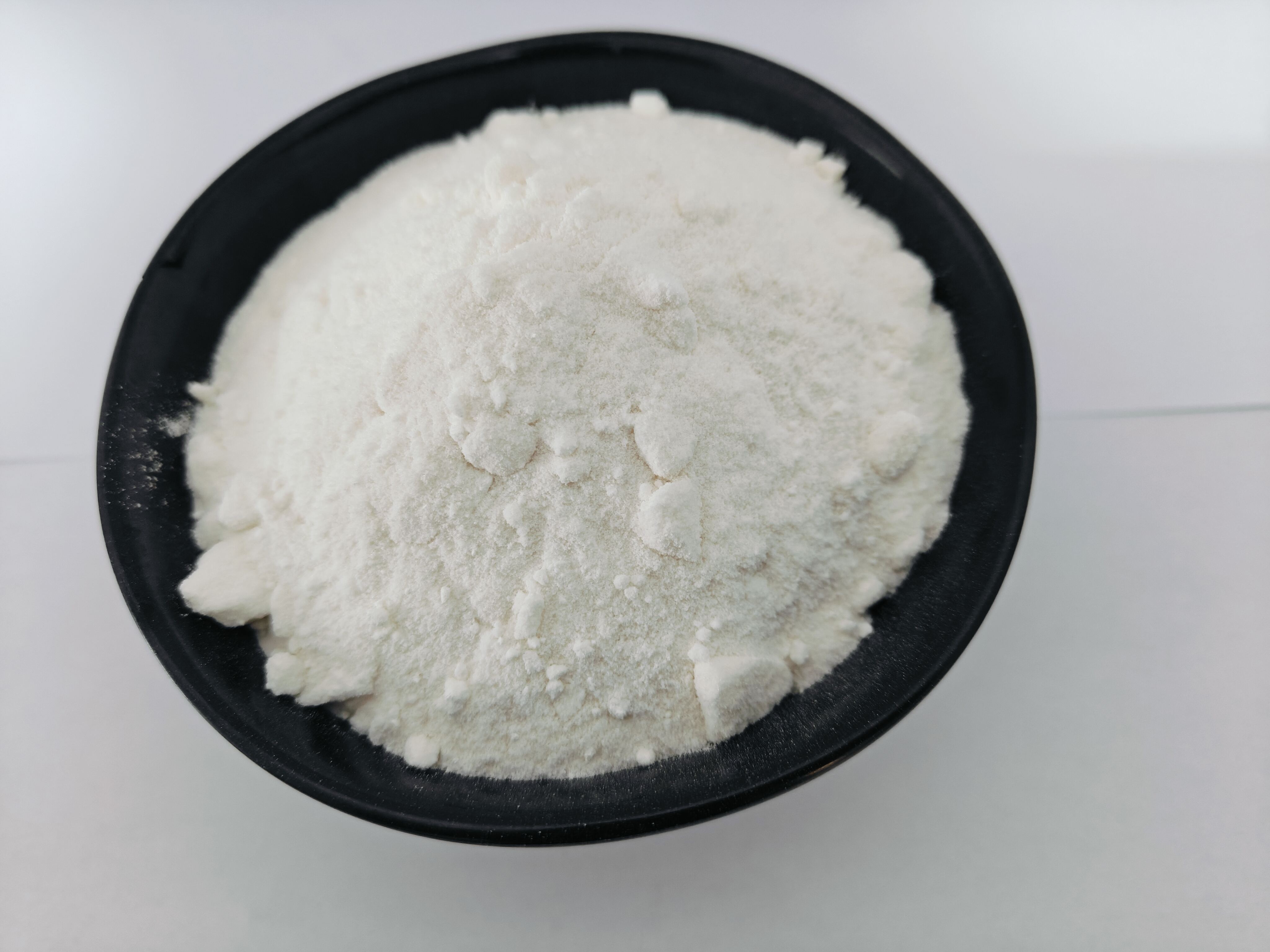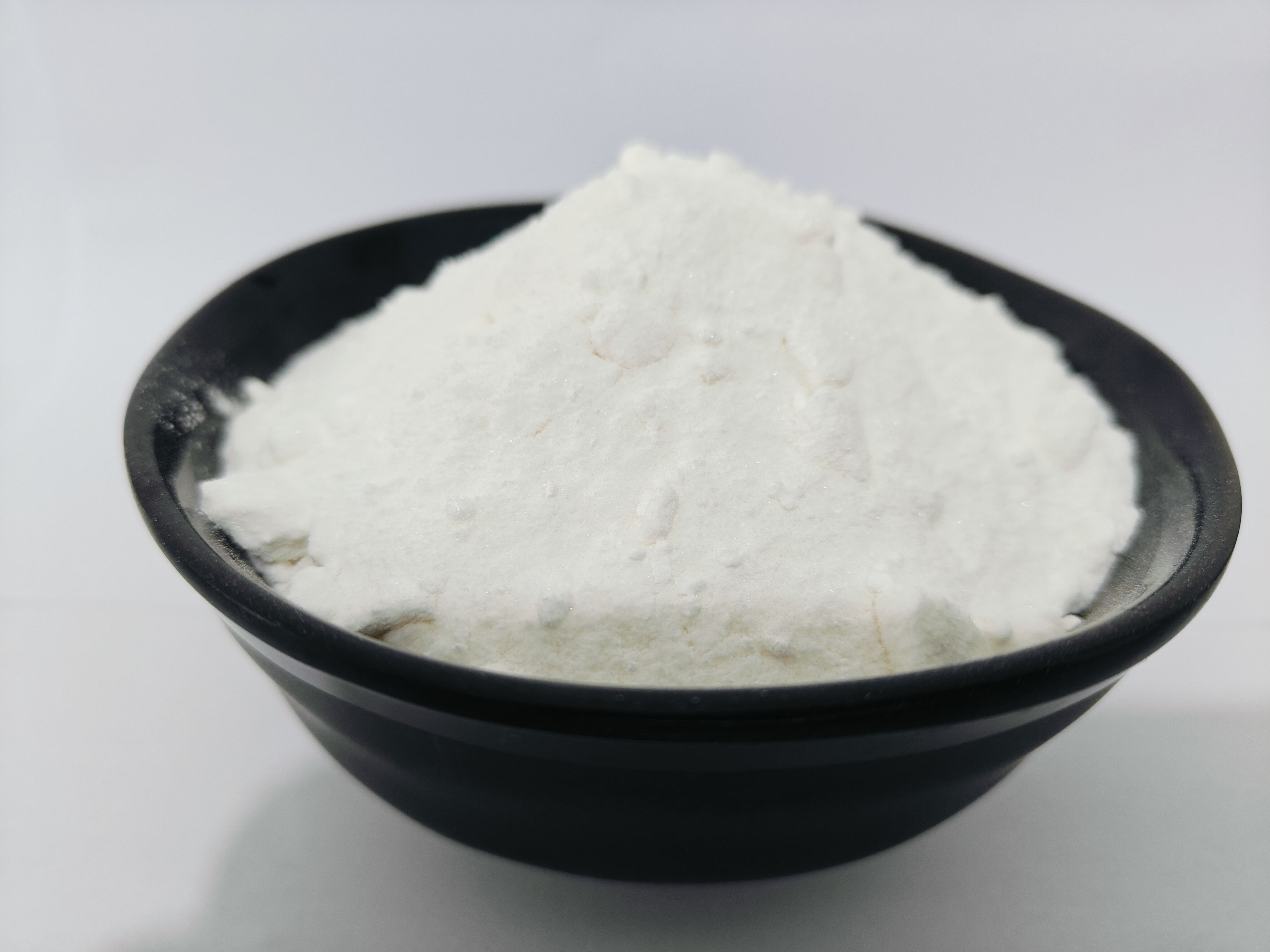curing characterization of epoxy molding compounds
Curing characterization of epoxy molding compounds represents a critical process in the semiconductor and electronic packaging industry. This sophisticated analytical method enables manufacturers to understand and optimize the crosslinking reactions that transform liquid epoxy compounds into robust, protective housings for electronic components. The process involves monitoring various parameters including gel time, cure kinetics, glass transition temperature, and degree of cure. Through advanced thermal analysis techniques such as differential scanning calorimetry (DSC) and dynamic mechanical analysis (DMA), manufacturers can precisely determine optimal curing conditions, ensuring consistent product quality and performance. The characterization process also evaluates crucial factors such as moisture sensitivity, thermal stability, and mechanical properties of the cured compound. This comprehensive analysis helps in developing ideal curing profiles that minimize internal stresses, prevent defects, and enhance the overall reliability of electronic packages. The technology has evolved to incorporate real-time monitoring systems that provide immediate feedback during the manufacturing process, enabling quick adjustments to maintain quality standards.

